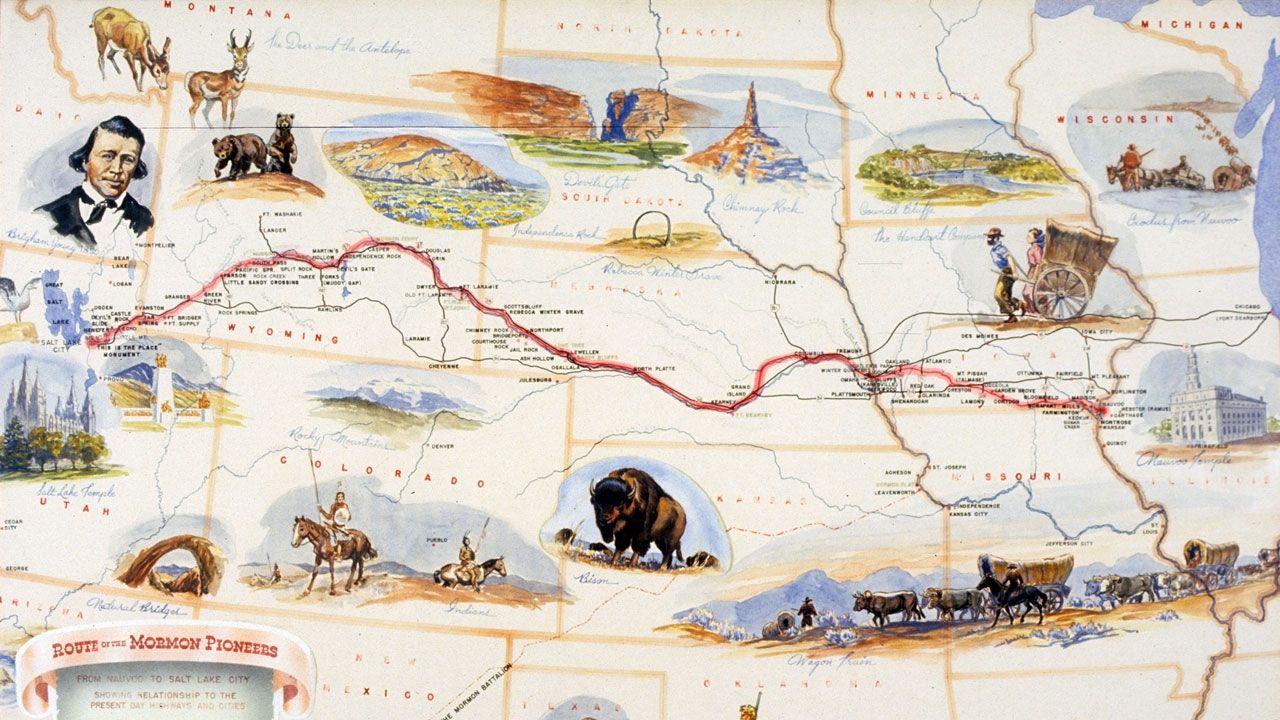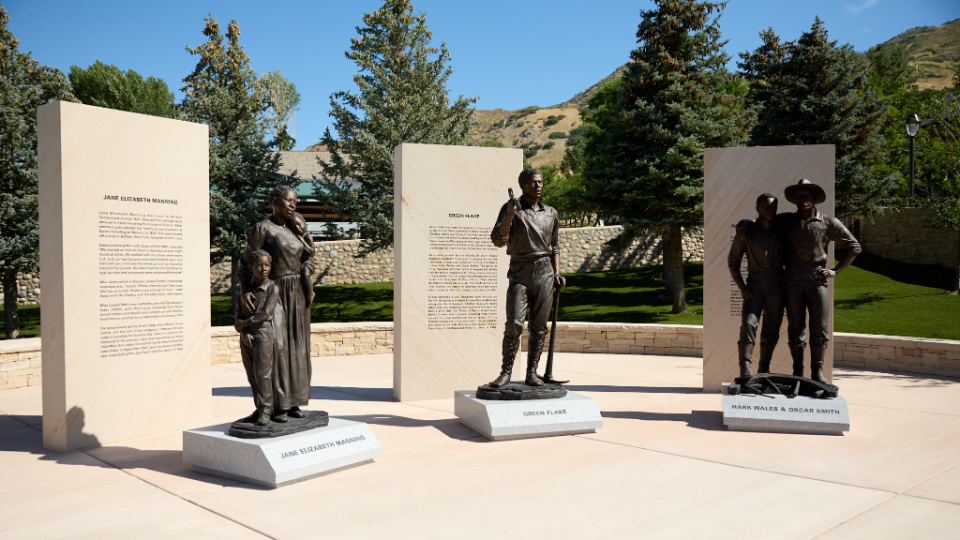
Monday Morning Boost: Honoring a Complicated Pioneer History
Pioneer Day can be extra complicated.
Even 175 years later.
Pioneer Day itself is not that complicated. As a day set aside to honor the arrival of the Mormon Pioneers to the Great Salt Lake Valley, it’s an official state holiday in Utah with celebrations that rival and sometimes surpass those of Independence Day. Also like the Fourth of July, Pioneer commemorates a birth of sorts via a revolutionary declaration of independence.
The Mormon pioneers, from their humble beginnings in Palmyra, New York, where the Church of Jesus Christ of Latter-day Saints was founded, migrated westward in a continual search for a place to call home. Their arduous journey to establish their faith, to live in peace and free from persecution, took them from New York to Kirtland, Ohio, to Independence, Missouri; and to Nauvoo, Illinois.
But their “City Beautiful” in Nauvoo was not to be their place to call home for long.
During the brutally cold winter of 1846 to 1847, after severe persecution resulting in the death of their prophet and leader, this ragged group of Latter-day Saints fled the city they built from a swamp and established an encampment on the western banks of the Missouri River. This temporary place to call home was aptly named Winter Quarters.
From Winter Quarters, the trek westward across the plains to the Great Salt Lake Valley was one of the most arduous journeys in recorded history. While it’s challenging to compile completely accurate historical records from the mid-1800s, it’s estimated more than 70,000 Latter-day Saints made the 1300-mile journey traveling in wagons, handcarts, and on foot. As I shared last week, my second great-grandmother Kristine Marie Jensen was one of them. She made the trek in 1863 at the age of 16.
Many of these travelers suffered greatly for their faith, and it’s estimated that 1900 perished on the trail. For a more exhaustive look at the historical records, reference the BYU research project published in 2014, “Mortality on the Mormon Trail, 1847-1868.”

The journey of black members of the Church of Jesus Christ is a complicated piece of history, and this includes the history of black pioneers. A new monument was dedicated this past Friday at This Is The Place Heritage Park in Utah honoring four Black Latter-day Saint pioneers. The following information about each and photos come from a press release from the Church of Jesus Christ.
“Green Flake was born into slavery on January 6, 1828, in North Carolina. At age 10, he was given to James and Agnes Flake. They moved to Mississippi. At age 19, Flake drove the first wagon of pioneers into Emigration Canyon under the direction of Orson Pratt.
“Jane Elizabeth Manning was born free in Wilton, Connecticut, around 1822. After an arduous journey to Nauvoo by foot — she was denied boat passage because of her race — she lived for a time with Joseph Smith’s family. She was expecting her third child when she entered the Salt Lake Valley in September 1847. She remained a faithful and respected Latter-day Saint until her death in 1908.
“Hark Wales and Oscar Smith were brothers, born into bondage on a plantation in Mississippi. Latter-day Saint pioneer John Brown, the overseer who managed their enslaved labor, took them to Council Bluffs, Iowa, where they were chosen to be part of Brigham Young’s vanguard company.”
I echo the feelings of Mauli Junior Bonner, the monuments coordinator, that “we must journey through the hard parts together.”
“In this moment, at this place, we are who we hope to be,” Bonner said. “Distance from these stories is not a remedy. We must journey through the hard parts together. To our Black pioneer ancestors, we bring our peace, our reverence, our joy, our empathy, our shouts of celebration, our love and our unity to this monument. As we look around this park and we see many who settled in this territory, we can now include our free and enslaved Black pioneers. This first group of pioneers in 1847 will never be forgotten. Their memory will live on for generations here at This Is The Place Heritage Park.”

While history is not always clear about the why and the how for many things. It’s easy today to judge decisions of the past with our understanding today. For me, I choose to focus on the faith, hope, and love that inspired an incredible group of people to persevere through unimaginable trials and persecutions. Though we read what they experienced, we don’t come close to really understanding.
I also focus on remembering those who walked the journey of life ahead of us. I’m especially grateful for our parents, mine and Elisa’s, who lived ordinary lives fraught with extraordinary challenges. Their faith, hope, and love is just as crucial to life today as that of the Pioneers of yesteryear.
I also recognize each of you is also a pioneer in life. Your faith, hope, and love empower you to walk your own journey and forge your own path. You inspire me so much.
Have a beautiful Monday! I love you, friends!
Les
p.s. Take 13 minutes today to share a story with your family of your own pioneer history.
